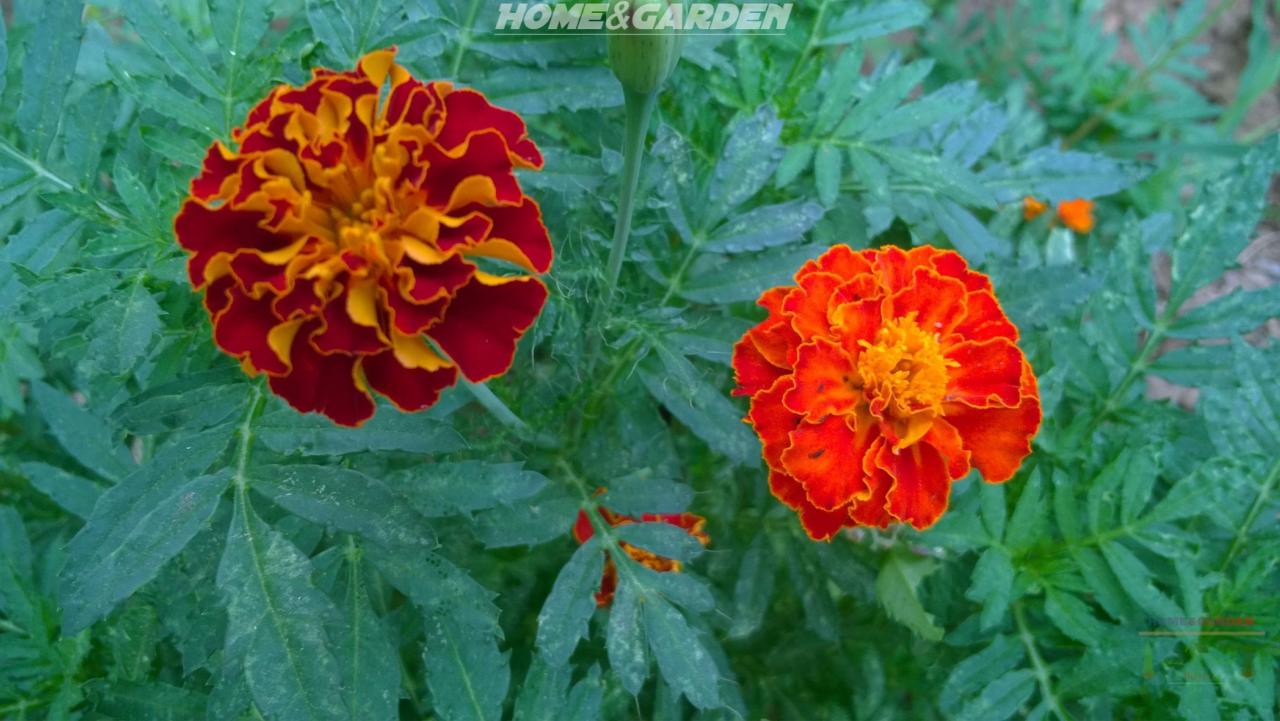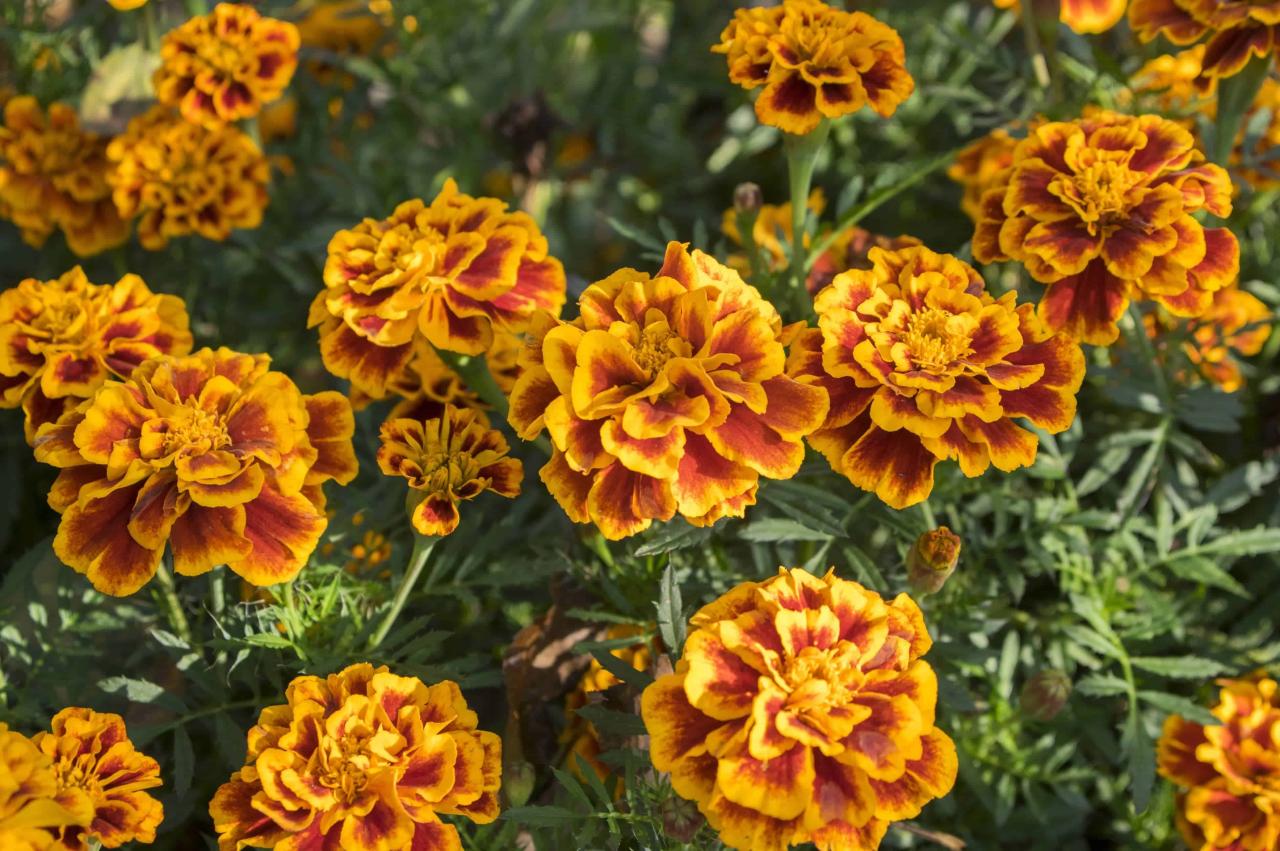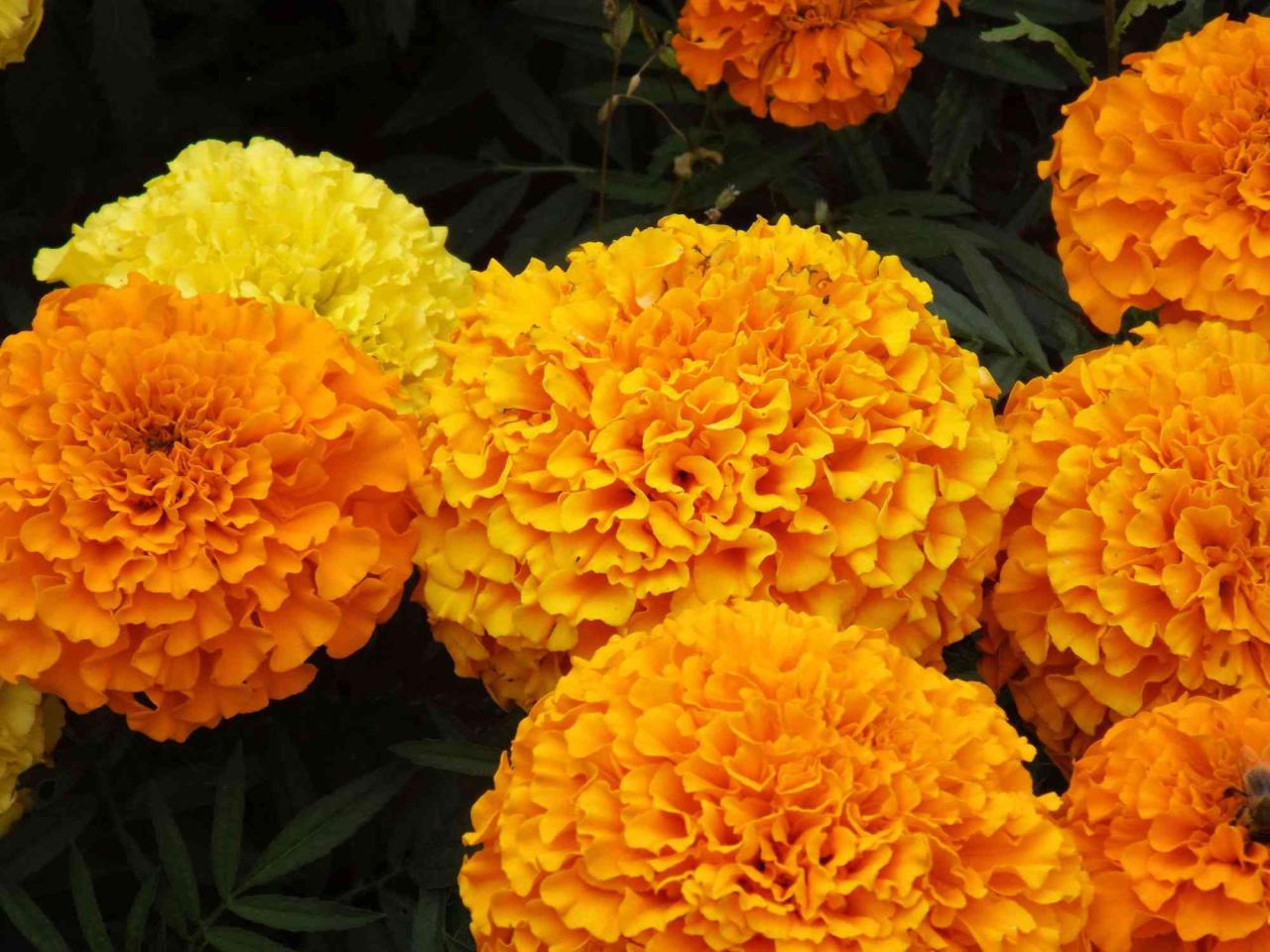Marigolds are cherished for their bright colors and the ability to thrive in a variety of conditions. However, there are instances when gardeners find their marigolds not growing as expected. This can be frustrating, especially after putting in the effort to plant and care for them. In this guide, we will explore common reasons why marigolds may not flourish and provide practical solutions to help you grow these vibrant flowers successfully.
Understanding Marigolds 🌼: Marigolds Not Growing
Before diving into the reasons for poor growth, it’s essential to understand the characteristics of marigolds. They are hardy annuals belonging to the Tagetes genus, commonly known for their orange and yellow blooms. Marigolds are not only visually appealing but also offer benefits such as pest deterrence in gardens.
Common Reasons Why Marigolds Are Not Growing
If your marigolds are struggling to grow, consider the following factors:
1. Poor Soil Quality
The foundation of any garden is the soil. Marigolds thrive in well-draining, nutrient-rich soil. If your soil is compacted, sandy, or lacks organic matter, it can inhibit growth.
| Soil Type | Characteristics | Effect on Marigolds |
|---|---|---|
| Clay | Heavy, retains moisture | Poor drainage, root rot risk |
| Sandy | Loose, drains quickly | Low nutrient retention, drought risk |
| Loamy | Balanced texture, nutrient-rich | Ideal for marigolds |
Tip: Always amend poor soil with compost to enhance its quality and nutrient content.
2. Insufficient Sunlight

Marigolds require full sun to thrive, ideally 6 to 8 hours of direct sunlight daily. Insufficient sunlight can lead to weak, spindly plants that struggle to flower.
3. Inadequate Watering Practices
Watering is crucial for marigold growth, but it’s important to strike a balance. Overwatering can suffocate roots, while underwatering can lead to wilting. It is essential to water deeply but infrequently, allowing the soil to dry out slightly between waterings.
4. Temperature Extremes
Marigolds thrive in temperatures between 70°F to 75°F (21°C to 24°C). Extreme cold or heat can stunt their growth. Always plant marigolds after the last frost in spring and ensure they are not exposed to scorching conditions without adequate moisture.
5. Pest Infestations

Pests can be a significant problem for marigolds. Common pests include aphids, spider mites, and nematodes, which can damage plants and hinder their growth. Keeping an eye on your plants and taking action at the first sign of infestation is crucial.
Note: Regularly inspect your marigolds for signs of pests and take immediate action to prevent further damage.
Best Practices for Growing Healthy Marigolds
To ensure your marigolds grow robustly, implement these best practices:
1. Soil Preparation
Prepare the soil by adding organic matter such as compost or well-rotted manure. This not only improves soil structure but also provides the nutrients needed for healthy growth.
2. Choosing the Right Location
Select a location that receives full sun and has good drainage. If your garden bed tends to retain water, consider raised beds or mounds to prevent waterlogging.
3. Watering Wisely, Marigolds Not Growing
Adopt a watering schedule that allows the top inch of soil to dry out before the next watering. This encourages deep root growth and prevents issues related to overwatering.
4. Pest Control Strategies
Utilize natural pest control methods, such as introducing beneficial insects or using neem oil as a pesticide. Regularly inspecting your plants and removing any pests by hand can also be effective.
5. Fertilization
Fertilize your marigolds with a balanced fertilizer once a month during the growing season. Avoid excessive nitrogen, as this can lead to lush foliage at the expense of flowers.
Identifying and Correcting Problems
It’s essential to keep a close eye on your marigolds and address issues as they arise. Here are some signs of problems and their possible corrections:
| Problem | Symptoms | Possible Solution |
|---|---|---|
| Wilting | Drooping leaves | Check soil moisture, adjust watering |
| Yellowing Leaves | Chlorosis | Check for nutrient deficiencies or overwatering |
| Stunted Growth | Poor flowering, small leaves | Assess sunlight and soil conditions |
Conclusion
By understanding the common reasons why marigolds may not grow and implementing best practices, you can create an environment that promotes vibrant blooms. Remember to monitor your plants regularly, provide them with the right conditions, and address any issues promptly. With the right care, your marigolds will flourish, bringing color and life to your garden! 🌻
